Microphones are captivating devices that have transformed the way we capture and transmit sound. Whether you’re recording a podcast, performing on stage, or chatting with friends online, microphones are essential tools. It is true.
‘’Microphones are the instrument or device which convert sound vibrations of the air into electrical signals and these signals can be recorded, amplified, and transmitted. These plays important role to easy our life.’’
In this article, we will clear your doubts about the microphone so stay with us to enhance your knowledge.
How Microphones Works?
Microphones work by converting sound waves into electrical signals. When sound waves hit the microphone’s diaphragm, it vibrates. These vibrations are then transformed into an electrical signal, which can be processed by various audio equipment.
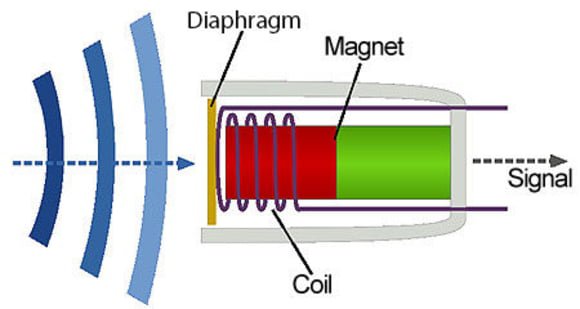
Sound Waves and Conversion:
The diaphragm inside a microphone moves in response to sound waves. This movement creates variations in an electrical current, which mirrors the original sound wave.
Electrical Signal Transmission:
The electrical signal generated by the microphone can be amplified or recorded. This process allows the sound to be heard through speakers or stored for later playback.
What Are Types Of Microphone?
Dynamic Microphones:
Dynamic microphones are robust and versatile. They are commonly used in live sound environments because they can handle high sound pressure levels without distortion. These microphones do not require an external power source.
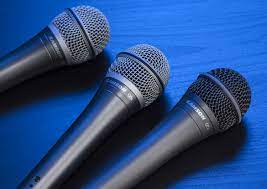
Condenser Microphones:
Condenser microphones are known for their sensitivity and accuracy. They are ideal for studio recordings where capturing every nuance of sound is crucial. Unlike dynamic microphones, they require an external power source, usually provided by a battery or phantom power.
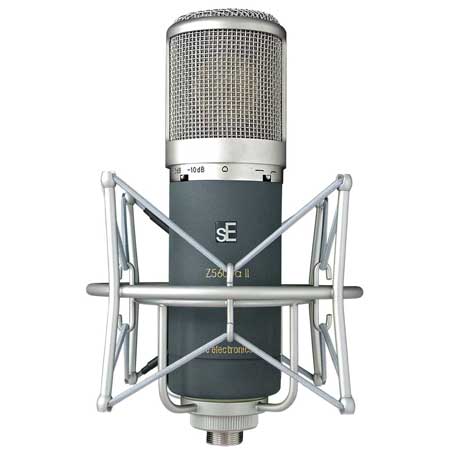
Also Read: Do Opera Singers Use Microphones? – The Shocking Truth!
Ribbon Microphones:
Ribbo microphones have a distinctive warm sound and are often used for recording vocals and instruments. They are more delicate than other types and require careful handling.
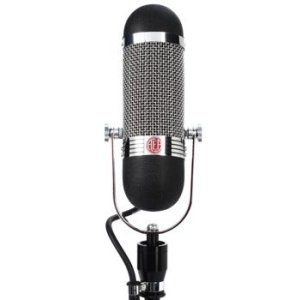
USB Microphones:
USB microphones are versatile and user-friendly, connecting directly to computers for easy setup. They offer good sound quality, making them ideal for podcasting, home recording, and streaming.
With plug-and-play functionality, USB microphones are compatible with most computers and recording software, making them a convenient choice for both beginners and professionals looking for reliable audio capture.
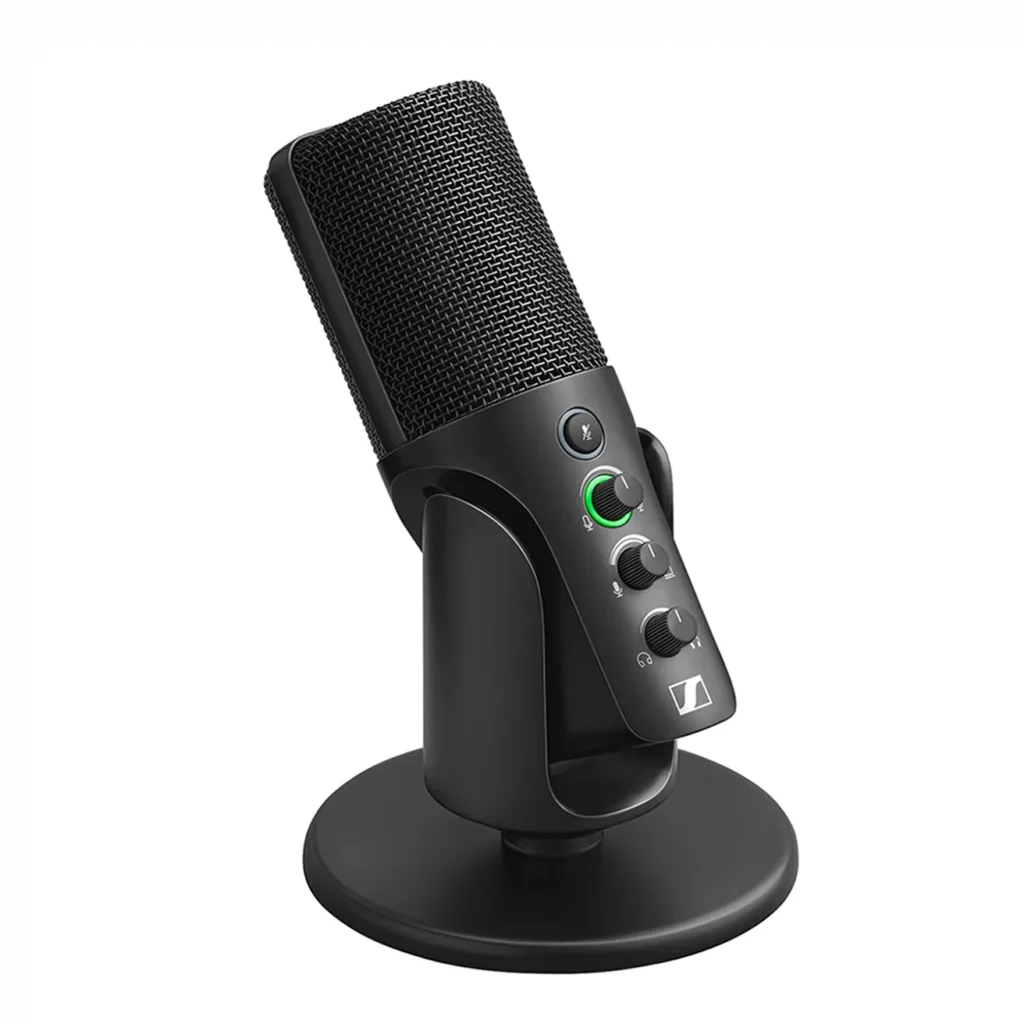
Shotgun Microphones:
Shotgun microphones are highly directional, designed to capture sound from a specific source while rejecting background noise. Their narrow pickup pattern makes them ideal for film, TV production, and field recording, ensuring clear audio in noisy environments.
Known for their precision and clarity, shotgun microphones are essential for capturing focused dialogue and sounds in professional settings.

Lavalier Microphones:
Lavalier microphones, also known as lapel mics, are small, clip-on microphones ideal for hands-free operation in broadcasting, public speaking, and theater. They are compact and easily hidden, providing clear sound from a close distance.
Their discreet design makes them perfect for capturing speech without being intrusive, ensuring a professional and seamless audio experience.
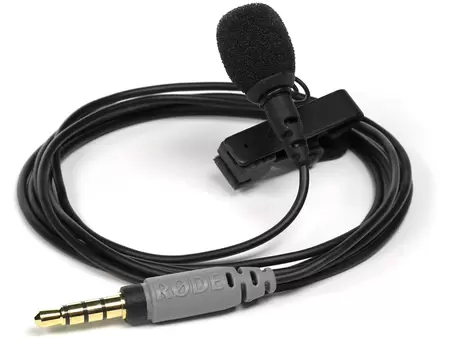
Also Read: How To Adjust Zoom Microphone Volume? — Ultimate Guide 2024!
Microphone Care and Maintenance:
Proper Handling Techniques:
Always handle microphones with care to avoid damaging delicate components. Use stands and mounts whenever possible.
Cleaning and Storage:
Keep your microphone clean and store it in a protective case to prolong its lifespan.
Microphones in Modern Technology:
Advances in Microphone Technology:
Modern microphones have evolved significantly, incorporating advanced technologies such as digital processing and miniaturisation. Innovations like built-in preamps and DSP (digital signal processing) have enhanced audio quality and versatility, making microphones more adaptable to various applications and environments.
Integration with Digital Devices:
Microphones are now integral to digital devices like smartphones, tablets, and computers. They enable high-quality voice recording and communication through built-in microphones that are optimized for noise reduction and clear audio capture, facilitating applications like voice assistants and video calls.
Development of Wireless Microphone Systems:
Wireless microphone systems have revolutionised live performances and broadcasting by eliminating the constraints of cables. Advances in wireless technology provide stable, interference-free audio transmission, with improved battery life and range, offering greater freedom and flexibility in professional settings.
Also Read: How To Use Phone Microphone With Airpods? – Ultimate Guide 2024!
Microphones in Virtual and Augmented Reality:
In virtual and augmented reality (VR and AR), microphones play a crucial role in creating immersive experiences. Spatial audio technologies use multiple microphones to capture and simulate 3D soundscapes, enhancing the realism and interactivity of VR and AR environments.
Microphone Innovations for Streaming and Gaming:
Microphones designed for streaming and gaming have seen rapid advancements, with features such as adjustable polar patterns, built-in soundproofing, and USB connectivity. These innovations cater to the specific needs of content creators and gamers, providing high-quality, clear audio for engaging experiences.
Noise-Canceling and Noise-Reduction Technologies:
Modern microphones often include noise-canceling and noise-reduction technologies that improve audio clarity by minimizing background sounds and isolating the primary audio source. These features are essential in noisy environments and enhance the overall quality of recordings and communications.
Microphones in Wearable Technology:
Wearable technology has integrated microphones into devices like smartwatches and fitness trackers. These microphones allow for hands-free communication, voice commands, and health monitoring, making them an essential component in the evolving field of wearable tech.
Advances in Microphone Design and Form Factor:
The design and form factor of microphones have become more varied, with options ranging from compact lavalier microphones to high-performance shotgun mics. This diversity allows for tailored solutions across different use cases, from casual recordings to professional audio production.
FAQs:
1. How Does A Microphone Capture Sound?
A microphone captures sound by converting sound waves into electrical signals. The sound waves cause the microphone’s diaphragm to vibrate. These vibrations are then translated into electrical signals that can be amplified or recorded.
2. What Is The Difference Between A Dynamic And Condenser Microphone?
Dynamic microphones are durable, handle high sound pressure levels, and do not require external power. Condenser microphones are more sensitive, ideal for studio recording, and require external power, typically from a battery or phantom power.
3. Can Microphones Be Used For Instruments?
Yes, microphones can be used to record instruments. Different microphones are suited for various instruments: dynamic microphones for loud instruments and condenser microphones for capturing detailed sound in a studio setting.
4. How Do I Reduce Background Noise In Recordings?
To reduce background noise, use a noise-canceling microphone, position the mic close to the sound source, and employ acoustic treatment in your recording environment. Additionally, using software to filter out noise can improve recording quality.
5. What Is The Lifespan Of A Microphone?
The lifespan of a microphone varies based on usage and care. With proper handling and maintenance, a microphone can last many years. Regular cleaning and careful storage can help prolong its operational life.
6. Is A Microphone Used To Record Voice True Or False?
True. A microphone is specifically designed to capture and record voice, converting sound waves into electrical signals that can be amplified, recorded, or transmitted.
7. How Does A Microphone Convert Sound Energy Into Electrical Energy?
A microphone converts sound energy into electrical energy by having its diaphragm vibrate in response to sound waves. These vibrations cause changes in an electrical circuit, creating an electrical signal that mirrors the original sound.
8. What Is A Fact About Microphones?
A fact about microphones is that they come in various types, including dynamic, condenser, and ribbon, each suited for different applications, from live performances to studio recordings, based on their design and sensitivity.
9. Is A Microphone One Of The Output Devices Of The Computer True Or False?
False. A microphone is an input device, not an output device. It captures audio signals and sends them to the computer, where they can be processed or recorded. Output devices include speakers and monitors.
Wrap Up:
Microphones are more than just tools for capturing sound; they are essential components of modern technology and communication. Understanding the different types of microphones and how they work can help you make informed choices and debunk common myths. Whether you’re a professional musician, a podcaster, or just someone who loves high-quality audio, knowing the true or false answers about microphones can enhance your audio experience.
Read More:

Pingback: Why Does My Earbud Microphone Sound Muffled? Complete
Pingback: Can A Microphone Electrocute You? – Unveiling The Truth!
Pingback: Do Electret Microphones Need Power? – Click Here! 2024